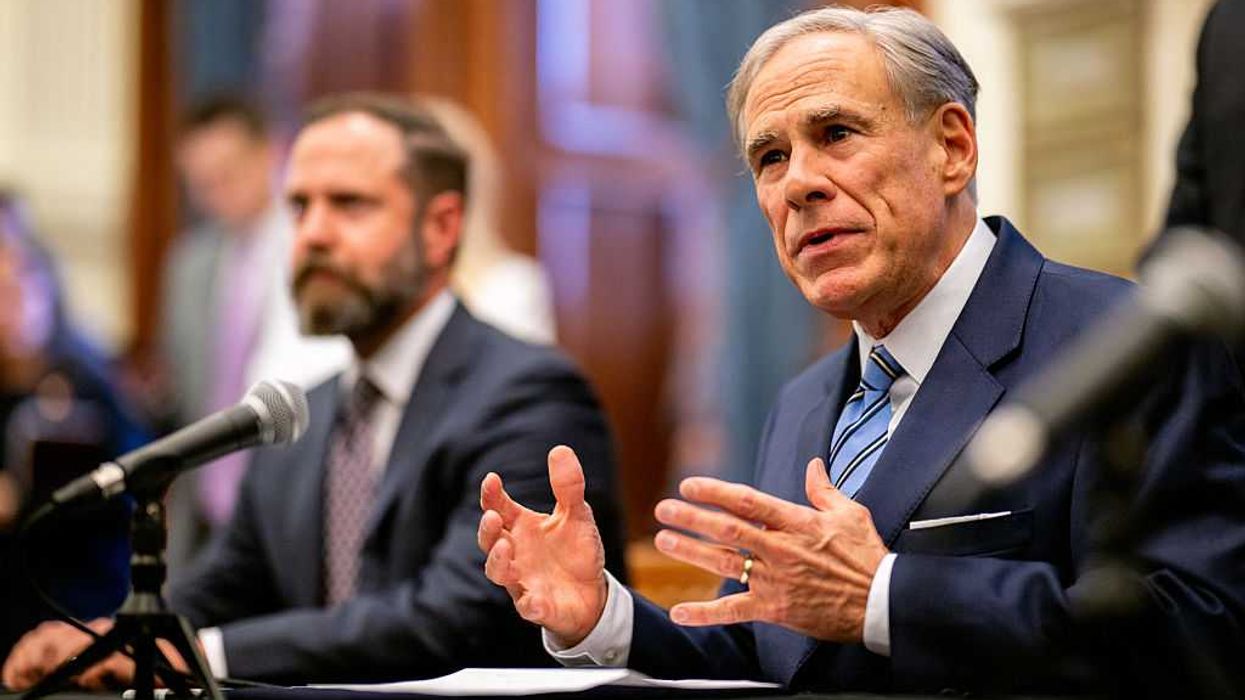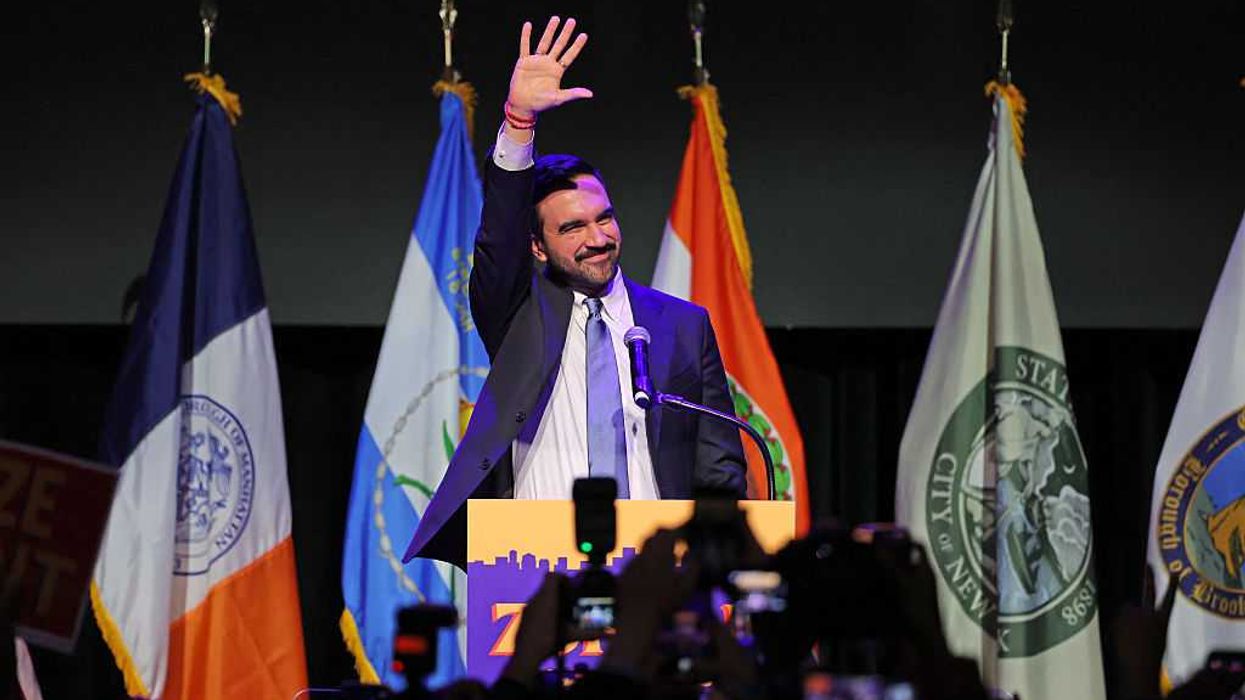In November, news broke that medical marijuana cardholders received letters signed by Honolulu Police Chief Susan Ballard, informing them they had 30 days to turn in their firearms. While Hawaiian police may be backpedaling after tremendous public backlash, the whole situation serves as a reminder of the danger of mandatory registries cataloging anything the state might want to later criminalize or regulate. Be it guns, vices, medication or otherwise, it seems state actors find it hard to resist abusing resources predicated on the trust of their citizens.
Hawaii is one of 29 states that have decriminalized and allowed the medical use of marijuana, and the state mandates registration of medical marijuana users. It is also the only state that requires registration of all firearms. This comes as a result of a tortured interplay of federal and state law, calculated to deprive Hawaiians of their fundamental right to defensive arms.
As the Bureau of Alcohol, Tobacco, Firearms and Explosives (ATF) makes clear in their updated form 4473 used for most firearms transactions, the “use or possession of marijuana remains unlawful under Federal law regardless of whether it has been legalized or decriminalized for medicinal...purposes in the state where you reside.” But it isn’t the federal government demanding the guns of Hawaiians here, it is their own state government, using vague and rarely-enforced federal law designed to target violent drug traffickers to transform an effort to legalize marijuana into a license to strip people of their arms --- a transformation the Hawaiian people didn’t want or vote for.
Hawaii is using the same logic that groups marijuana in with meth, heroin and crack.
Surely few people who supported Hawaii’s legalization of medical marijuana contemplated the state launching a campaign to disarm cardholders. If a desire to disarm anyone who registered for medical marijuana had been clear from the outset, perhaps the Hawaiian people would have been unenthused about the Medical Cannabis Program. It makes no sense for Hawaii to legalize marijuana, departing from federal law, just to turn around and vigorously enforce a tangentially-related federal law that strips different rights away from the people.
Federal law prohibits users of illegal drugs from owning guns for mostly the same reasons it prohibits drugs in the first place. The Ninth Circuit highlighted this last year when they reasoned that marijuana, because it is an illegal drug, is associated with violence and “negative interactions with law enforcement officers.” In states like Hawaii where marijuana is all but legal, though, these justifications don’t make sense.
When Hawaii decided to diverge from the federal prohibition of marijuana, they abandoned the federal government’s reasons for banning marijuana. However, by using federal law to require marijuana patients to turn in their guns, Hawaii is using the same logic that groups marijuana in with meth, heroin and crack. It makes no sense for a state which legalized marijuana --- presumably because they disagreed with the absolute federal prohibition --- to use the same law to disarm marijuana users.
All it would take is a signature.
The most dangerous part of this situation is the fact that these authorities have everything they need to conduct out-and-out confiscation. They know who has medical marijuana cards, and where every legally-held gun is. A developed registry makes invasive, possibly violent confiscation mere inches from implementation at any moment. All it would take is a signature once the state has a detailed list of which doors to kick, as they do here.
We have to remember that firearms are the best mechanism for personal defense, and their ownership is a fundamental Constitutional right. What might be called a “common sense” piece of gun control legislation turns out to be quite dangerous when applied by the state in a manner that defies common sense, as demonstrated here. Luckily, Hawaii is the only state that currently requires the registration of all firearms. Other states limit registration requirements to certain types of weapons, such as “assault weapons” and machine guns.
Events in the recent past highlight the dangers inherent in a registry of gun owners. All too often, these registries are used against lawful gun owners when their guns are most needed. For example, direct-to-door confiscations were ordered by the governor of the Virgin Islands during Hurricane Irma, leaving the islands’ inhabitants defenseless in the face of a natural disaster with little explanation. Widespread confiscation is made easy by mandatory firearms registration, which empowered the Virgin Islands’ confiscation efforts.
A neatly compiled list of guns and their owners is an incredibly powerful tool.
One thing is clear: a neatly compiled list of guns and their owners is an incredibly powerful tool. The question is whether you can trust arbitrary and irrational actors with such tools. Hawaii, California, and other jurisdictions in the Ninth Circuit have done enough to cripple the rights of their people to keep and bear arms. These lawmakers don’t need registries to help them, and they can’t be trusted with them. Hawaiian police should be spending their resources keeping their people safe, not targeting people for trying to legally take a drug commonly associated with giggling and junk food consumption.

 Anadolu / Contributor | Getty Images
Anadolu / Contributor | Getty Images
 Brandon Bell / Staff | Getty Images
Brandon Bell / Staff | Getty Images Europa Press News / Contributor | Getty Images
Europa Press News / Contributor | Getty Images ANGELA WEISS / Contributor | Getty Images
ANGELA WEISS / Contributor | Getty Images